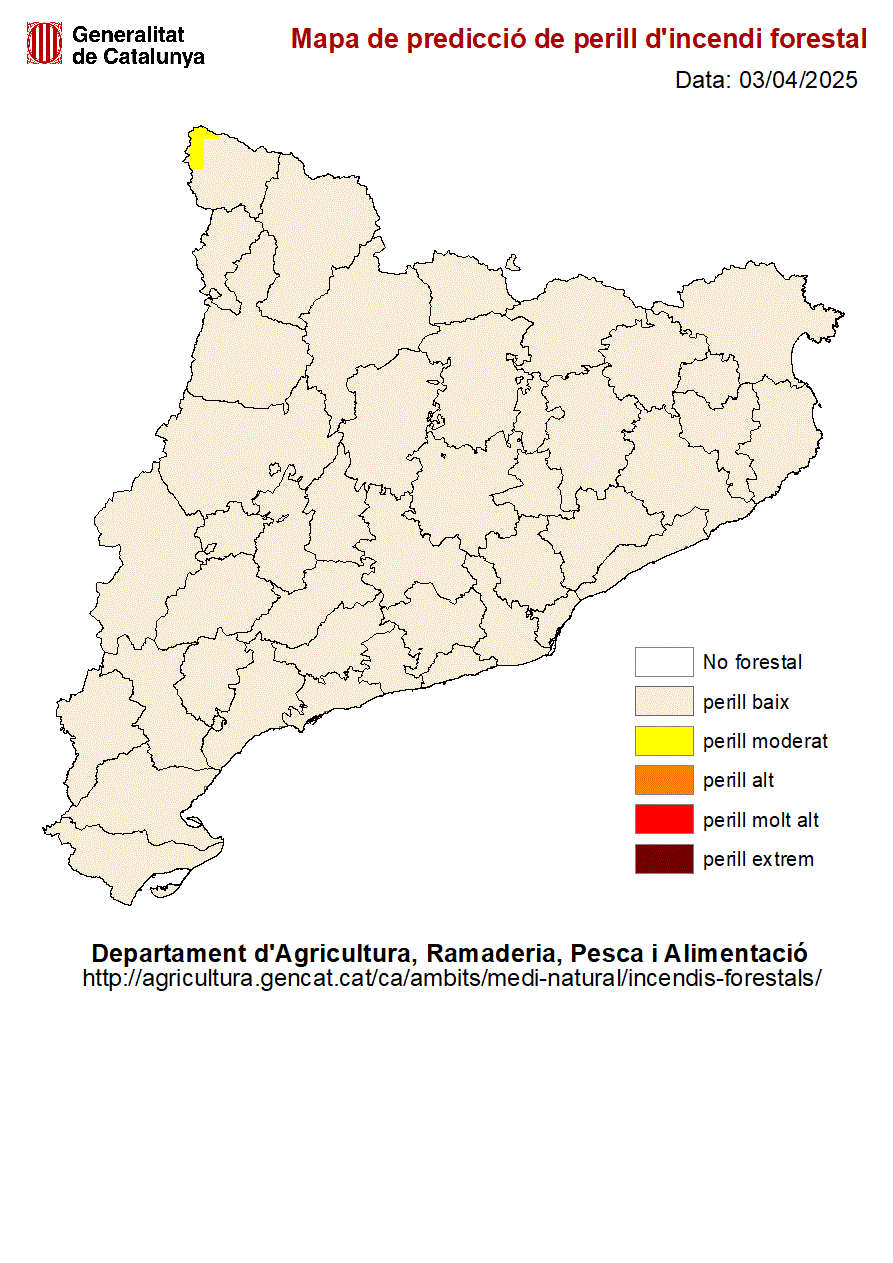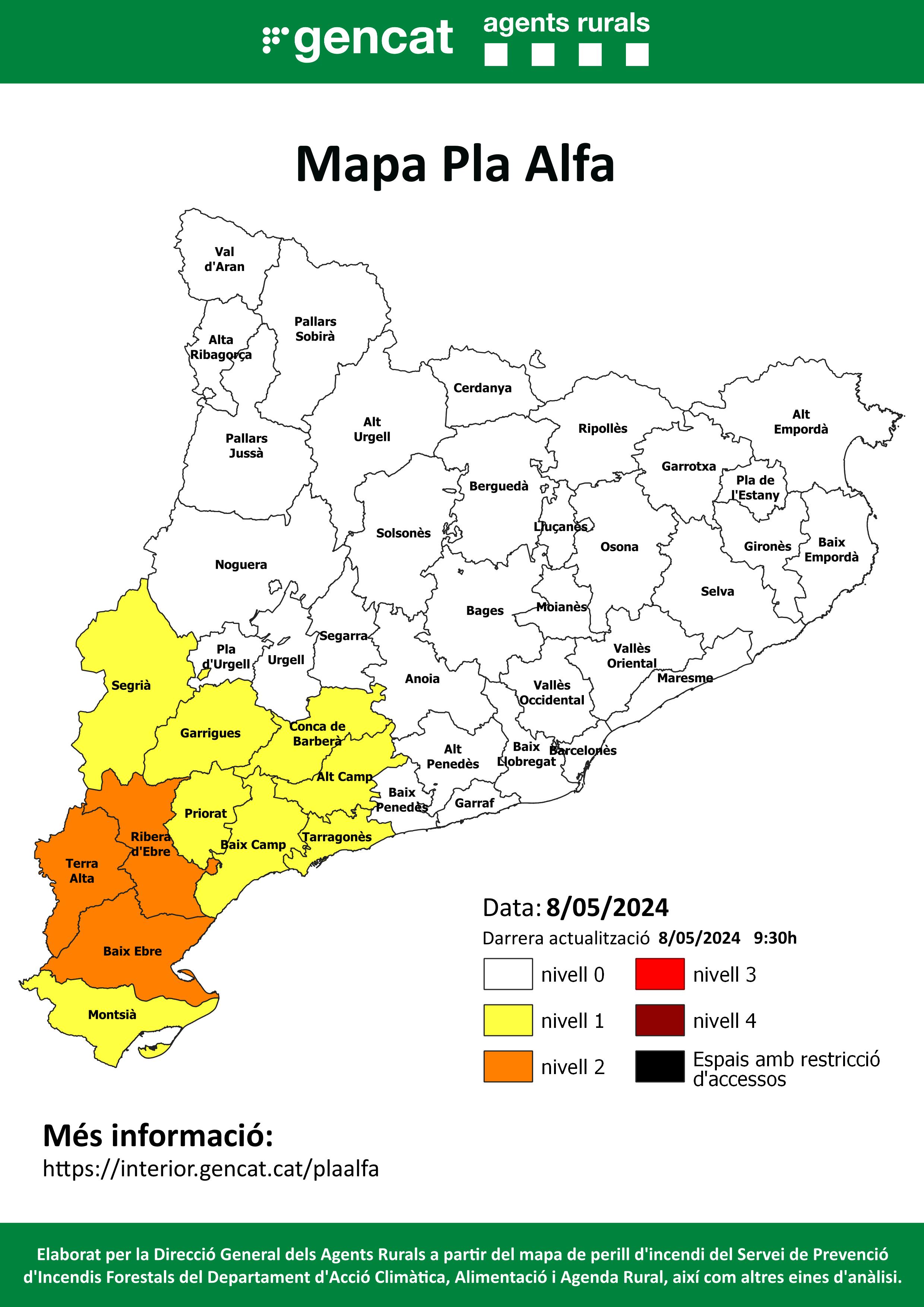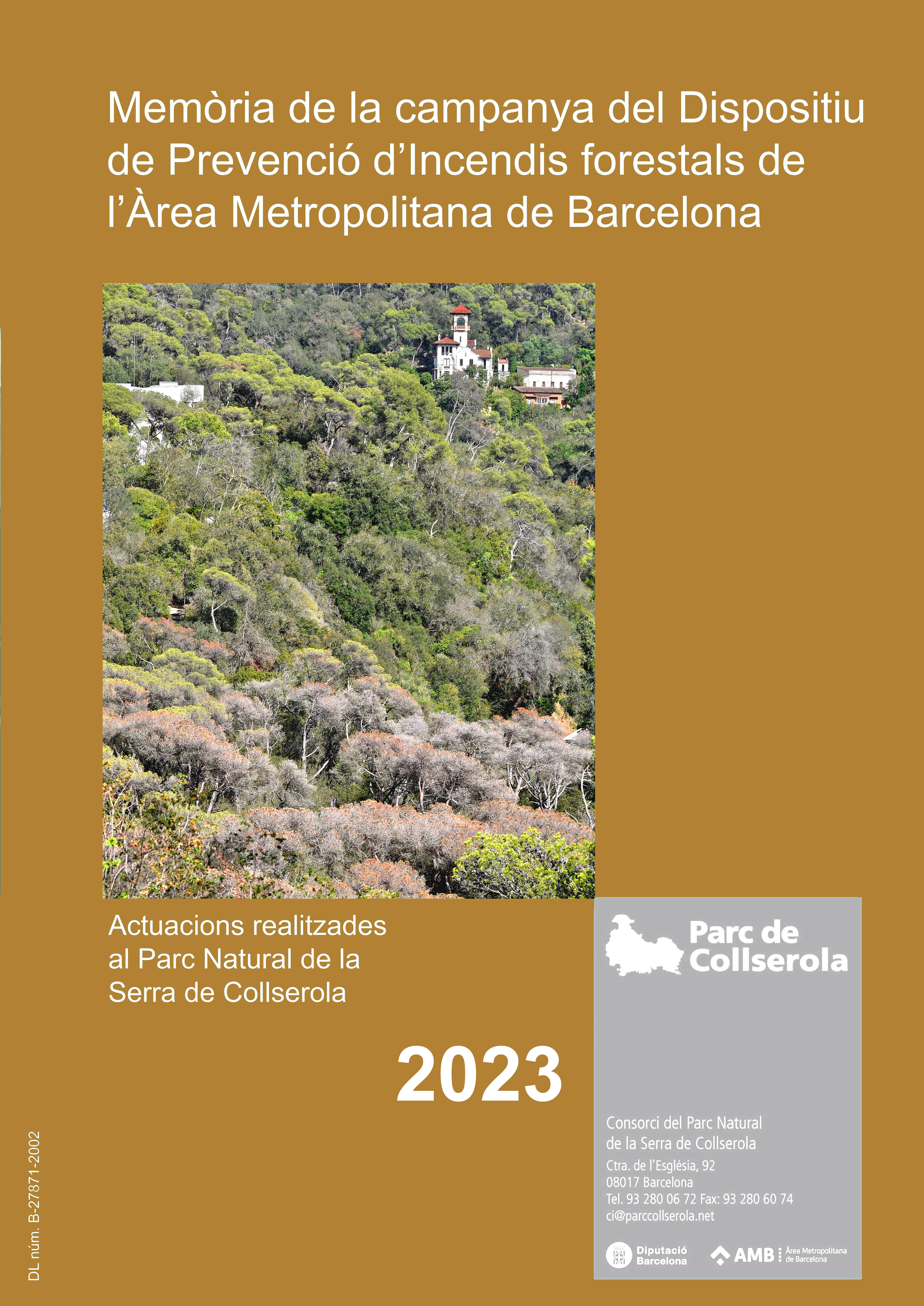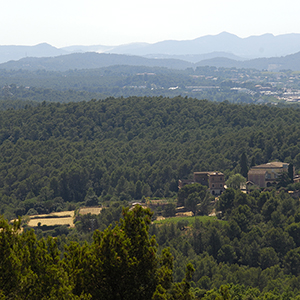The area covered by the Plan for the Prevention of Wildfires, managed from the Park, comprises the 32 municipalities that form part of the Environmental Agency of the Metropolitan Area of Barcelona (AMB). Significantly exceeding the Park expanse, this represents a total of 58,662 ha, of which 22,530 ha (38.41%) are considered forest land and 11,158 ha (19.02%) woodland.
Fires are not only a problem of the summer months, prevention work must also be done in winter to reduce as much as possible the factors that cause them. For this reason, the fire prevention programme is divided into two sections: passive prevention and active prevention, each of which has specific tasks and objectives.
Passive prevention encompasses all activities aimed at reducing the Park’s vulnerability to wildfires
- Awareness and dissemination: distribution of information leaflets and introduction of wildfire prevention into the curricular contents of environmental education centres.
- Oversight of compliance with current legislation: monitoring conducted by Park Rangers to ensure regulations are observed.
- Actions on vegetation: creation and maintenance of fire-breaks in urbanised and forested areas based on selective tree felling and scrub clearance, in order to reduce the amount of fuel available for combustion. These breaks have an average width of 25 metres around urbanised zones and on both sides of the main elements of the Basic Network of roads and tracks, with the aim of defining bands in which firefighters can work safely and effectively.
- Repair and upkeep of the Basic Network of roads and tracks: the Basic Network is made up of dully signposted roads and tracks suitable for the circulation of surveillance and firefighting vehicles. The total length of the network is 206.52 km and, in accordance with criteria established in the INFOCAT Plan, routes are classified as primary roads (34.10 km), secondary roads (135.39 km) and tertiary roads or tracks (37.03 km). The Consortium has the commitment to maintain the operational condition of this basic network, above all during times of high fire-risk, by carrying out all necessary measures of upkeep.
- Maintenance of the system of hydrants and firefighter helicopter bases: within the Park, the Consortium has 11 bases for loading water-bomber helicopters through a polyethylene pipe connected either to the water mains network or to a 30 m3 storage tank, depending on the case.
- Hazard control. Essentially, this covers two elements:
-
- Electric power lines
- Clearance of scrub from the borders of roads, tracks and other sites in the Park.
Active prevention is one of the keys to minimising the area burnt in wildfires, by trying to reduce to a minimum the time it takes firefighting equipment to arrive.
The Plan adopts the following measures:
- Real-time information on risk situations
- Detection
- Reliable description of the location and characteristics of the fire
- Coordination of the firefighting resources
- Firefighting support infrastructures
- Mobile surveillance
Map
Logistics of active prevention and fires declared during the current year






